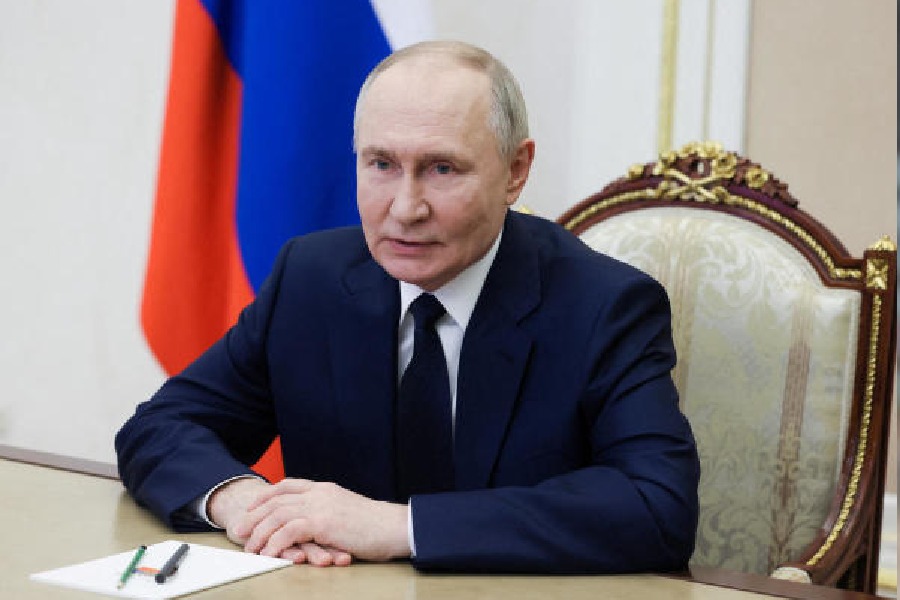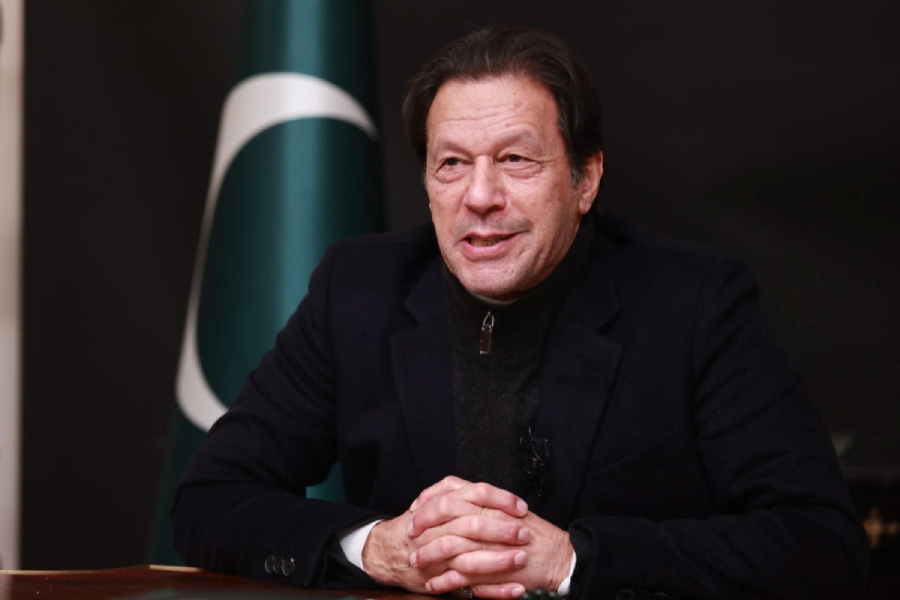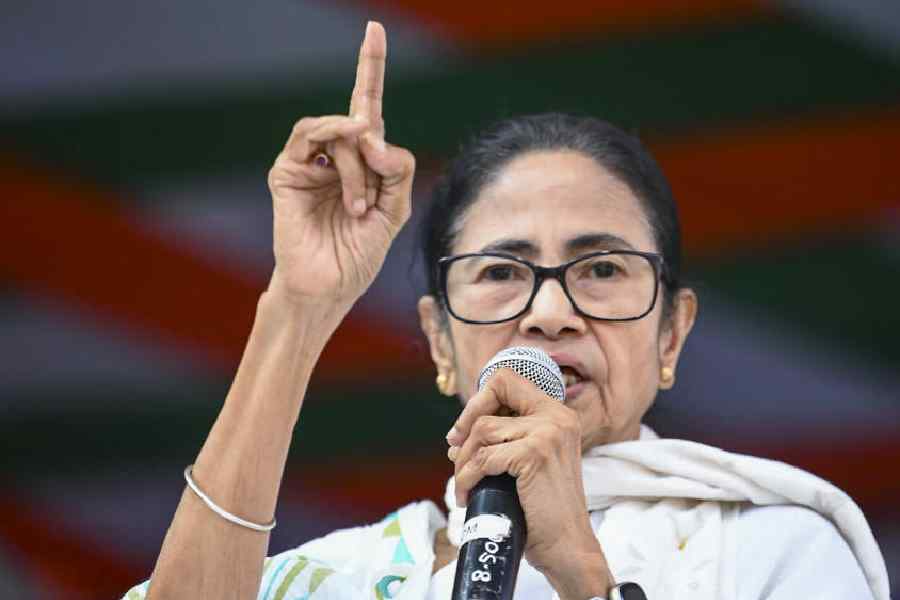 |
| Tripura governor D.N. Sahay looks at the ancient coins that were displayed on Saturday. Picture by Eastern Projections |
Agartala, Sept. 3: A treasure trove of coins discovered in Tripura and Bangladesh recently has given historians the key to a lost kingdom.
Numismatists and archaeologists from the subcontinent and abroad say the ancient history of Tripura and parts of neighbouring Bangladesh may have to be rewritten after a detailed study of all relics dating back to the Harikel dynasty.
The coins, 64 of them, contain invaluable information on the Harikel kingdom, of which very little was known until recently.
The coins were excavated from several historical sites in the plains of Tripura and those just across the international border.
The coins ostensibly offer evidence that Hindus and Buddhists co-existed peacefully in this region around the same time when Buddhists were being persecuted in neighbouring Bengal.
A seminar-cum-workshop on coins from the ancient Samatata kingdom, under which the Harikel dominions flourished, was held at Rabindra Bhawan in Agartala yesterday.
The conference was organised by numismatist Jahar Acharjee in collaboration with Rajendra Kirtishala, one of the rare private museums in the Northeast.
Bangladeshi numismatist Enamul Haque and Nicholas Rhodes, a London-based expert, said the coins establish that the Harikel dynasty flourished between the seventh and ninth centuries.
“Archaeological findings corroborate the hypothesis that a kingdom in ancient Bengal, comprising the eastern hills of Tripura and Comilla, Noakhali, Chandpur, Pheni and Laksham districts of present-day Bangladesh, flourished under the name of Harikel. Virtually nothing was known about this dynasty that ruled parts of Samatata. We have traced the origins of the name ‘Harikel’ as well as Sanskrit inscriptions on the coins to bolster our claim,” Acharjee said.
The rulers of Harikel might have been vassals of the Khadga kings and the Pala dynasty of Bengal. After the fall of the Gupta empire, the Khadga dynasty ruled Bengal for two centuries till the rise of the Palas. It was from the time of the Khadga dynasty that the Harikel kingdom is believed to have become a dominant force in these parts.
Acharjee said Buddhists took shelter in parts of present-day Bangladesh and the plains of Tripura during Shashanka’s reign in Bengal in the seventh century. “We have found definite evidence of Hindus and Buddhists co-existing peacefully in all archaeological sites of West and South Tripura and Maynamati, in Bangladesh.”
Rhodes echoed him. “Buddhists, who were persecuted in the western part of Bengal, flourished from southeastern part of Bangladesh to the plains of Tripura. We have archaeological and epigraphic evidence of this,” he said at the seminar.











